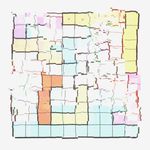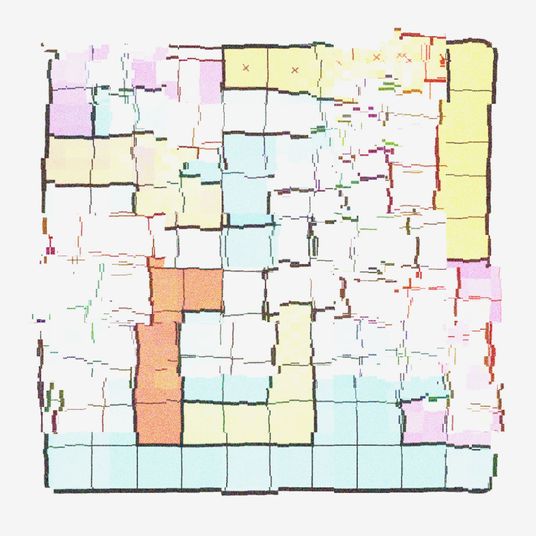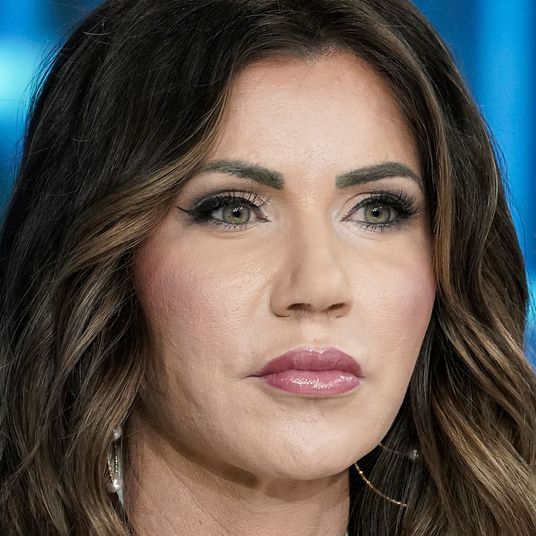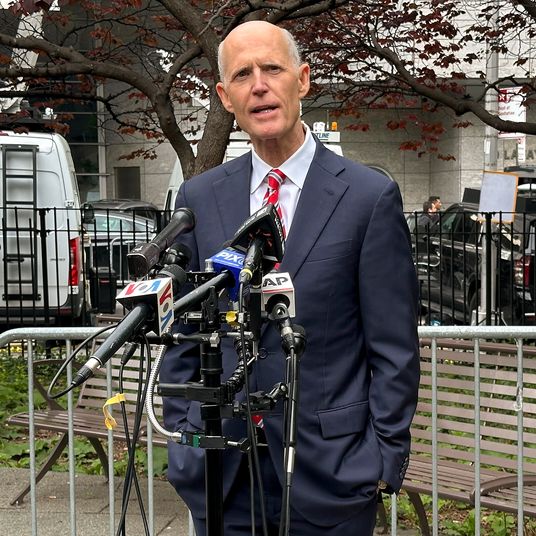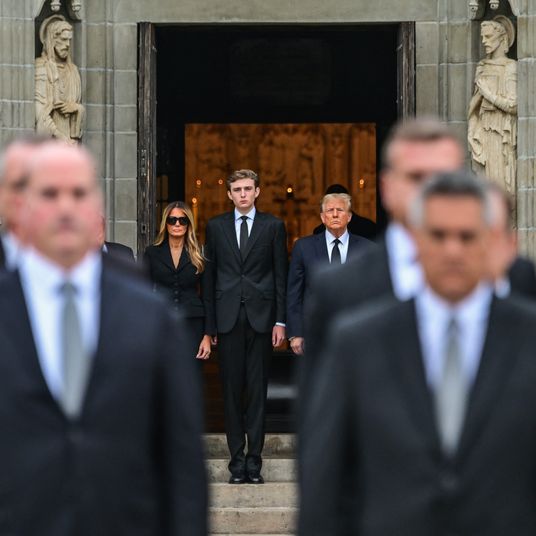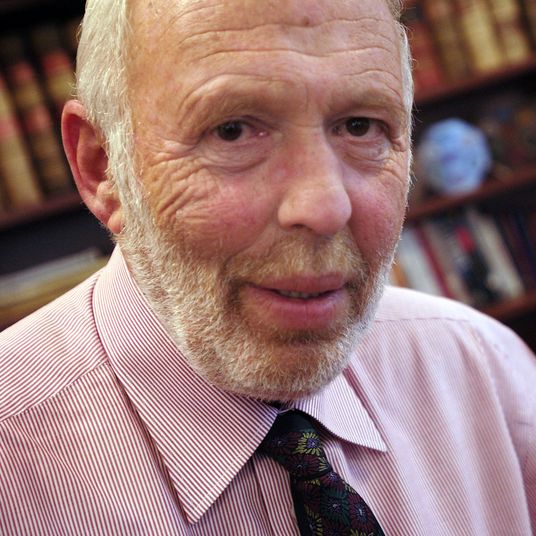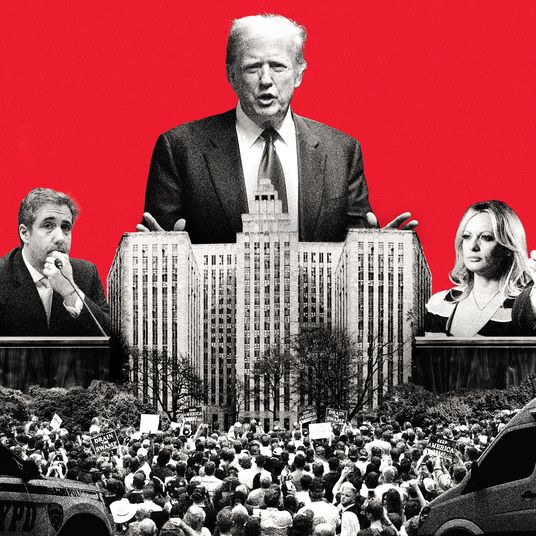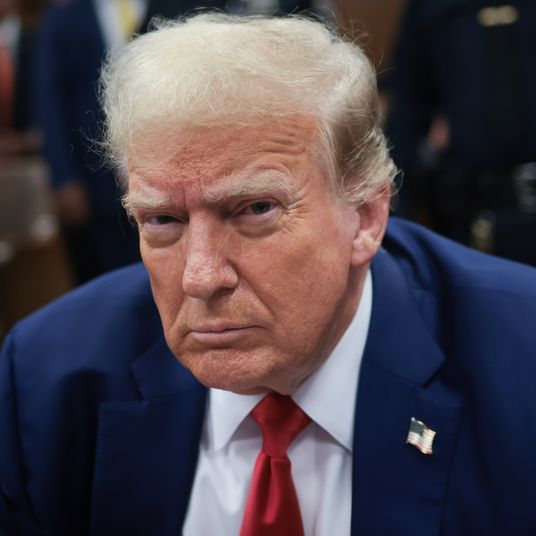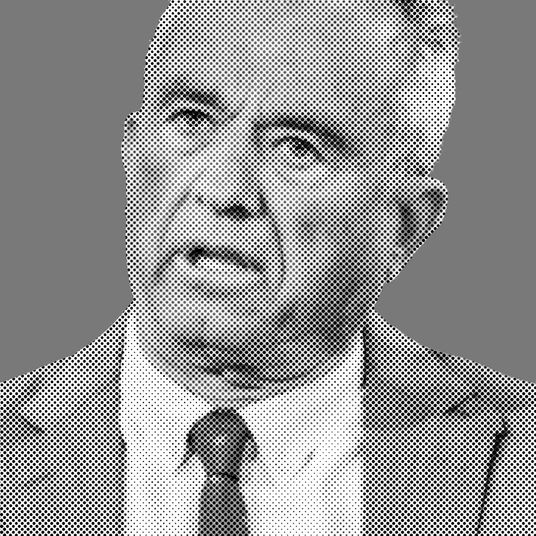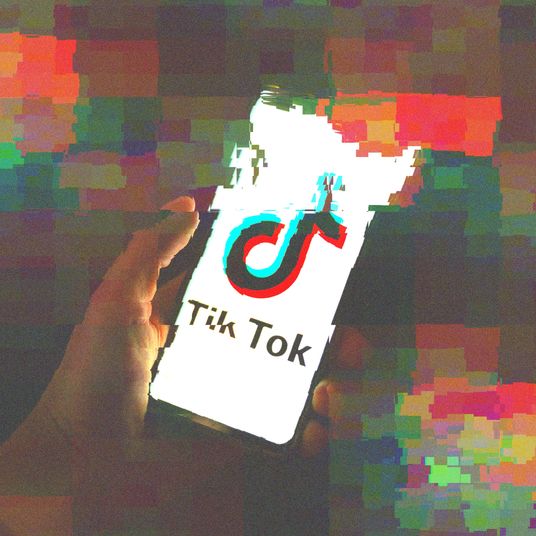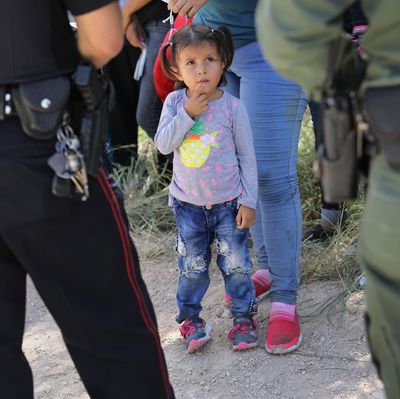
As the uproar over the Trump administration’s new policy of separating children from their families at the border has grown in recent days, the government has not been forthcoming about where the children are, or how they’re being cared for. That’s particularly true of the youngest children. While previously, immigration officials did not need to care for large numbers of lone babies and toddlers, now children incapable of crossing the border on their own are being turned into “unaccompanied alien children” when they’re taken from their parents.
There have been anecdotal reports about the younger children — Democratic lawmakers described seeing an eight-month-old baby in one facility, and a teen girl claimed she and her cellmates were changing the diapers of a preschooler they didn’t know — but the few images the government has released were from shelters for older boys.
The AP revealed on Tuesday night that the youngest children taken from their parents after crossing the border are being held in “tender age” shelters in South Texas. There are at least three of these facilities in operation, and the government is planning to open a fourth that can hold up to 240 young children in a Houston warehouse that previously housed people displaced by Hurricane Harvey. Local officials have spoken out against opening the new facility, which has already drawn protests.
Doctors and lawyers who have been inside the shelters described seeing playrooms full of crying preschoolers. They say the facilities are clean and safe, but that isn’t the point. “The shelters aren’t the problem, it’s taking kids from their parents that’s the problem,” said pediatrician Marsha Griffin, who has visited many of the South Texas facilities.
Earlier this week Dr. Colleen Kraft, president of the American Academy of Pediatrics, said the Trump administration’s family separation policy “amounts to child abuse.” After touring one facility for small children, Kraft told CNN that the stress of being ripped from a parent and put in a shelter disrupts young children’s brain architecture, inhibiting their development.
“I can’t describe to you the room I was in with the toddlers,” Kraft said. “Normally toddlers are rambunctious and running around. We had one child just screaming and crying, and the others were really silent. And this is not normal activity or brain development with these children.”
Steven Wagner, an official with the Department of Health and Human Services, denied that what the government is doing to the children is inhumane.
“We have specialized facilities that are devoted to providing care to children with special needs and tender age children as we define as under 13 would fall into that category,” he said. “They’re not government facilities per se, and they have very well-trained clinicians, and those facilities meet state licensing standards for child welfare agencies, and they’re staffed by people who know how to deal with the needs — particularly of the younger children.”
However, Trump officials haven’t been consistent on the definition of “tender age.” The federal government said that as of Monday, they had 11,785 migrant children in custody, and were housing them in 100 shelters located in 17 states. That includes more than 2,300 children who were taken from their parents at the U.S.-Mexico border since the start of May. But on Tuesday, officials from law enforcement and Health and Human Services said they couldn’t give journalists a breakdown of how many of those children are under 5, under 2, or infants, because they don’t know.
Agustin Arbulu, executive director of the Michigan Department of Civil Rights, said in a statement on Tuesday that extremely young children are being sent to the state. “We have received reports and are very concerned that the children arriving here are much younger than those who have been transported here in the past,” he said. “Some of the children are infants as young as three months of age and are completely unable to advocate for themselves.”
Michelle Brané, director of the migrant rights and justice program at the Women’s Refugee Commission, also challenged the claim that the facilities “meet state licensing standards” for young children, noting that no one is trained to care for a room full of traumatized toddlers.
“The facilities that they have for the most part are not licensed for tender-age children,” Brané told the AP. “There is no model for how you house tons of little children in cots institutionally in our country. We don’t do orphanages, our child welfare has recognized that is an inappropriate setting for little children.”
The situation is even more horrific because it’s unclear how migrant parents and children will be reunited — and it’s possible some of them will never see each other again.
White House officials have stressed that the separation is only temporary — White House Director of Strategic Communications Mercedes Schlapp claimed on Fox News that families are only apart for five to ten days — but John Sandweg, who was acting director of U.S. Immigration and Customs Enforcement from 2013 to 2014, said separations can be permanent.
Sandweg told NBC News that parents can move quickly from detention to deportation, while children are processed more slowly because they’re a lower priority. “You could easily end up in a situation where the gap between a parent’s deportation and a child’s deportation is years,” he said.
Back in their home country, parents without access to legal representation, or a good understanding of U.S. immigration laws, can struggle to locate their children. If left in state custody long enough, those children are put up for adoption. “You could be creating thousands of immigrant orphans in the U.S. that one day could become eligible for citizenship when they are adopted,” Sandweg explained.
It’s another example of how the Trump administration’s family separation policy isn’t even accomplishing its stated goals — it’s just stunningly cruel.



